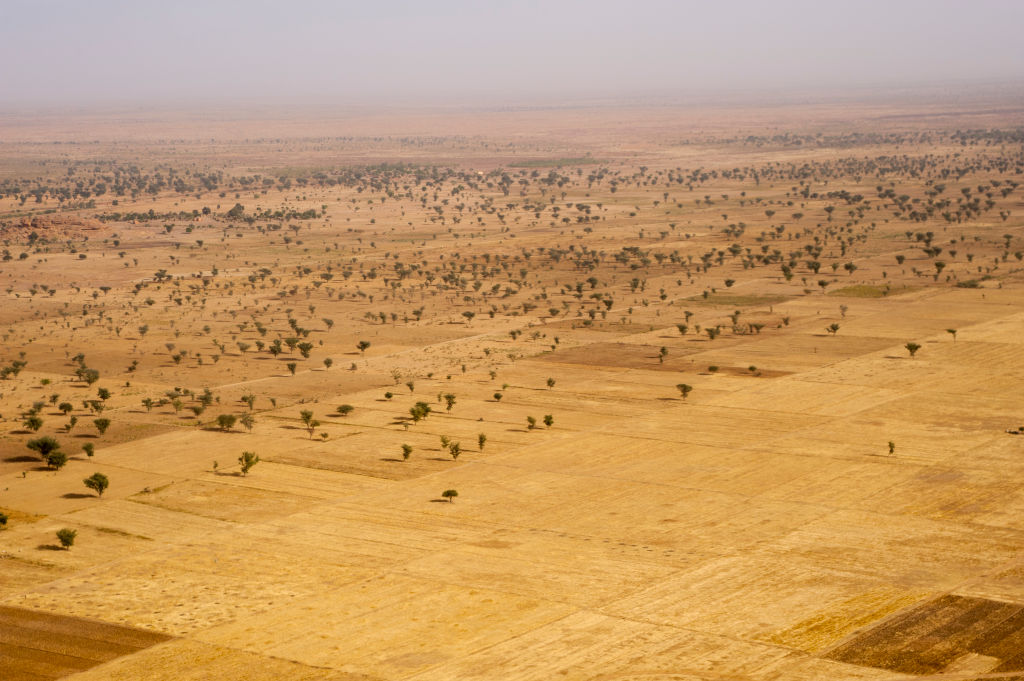In the middle of the coronavirus pandemic, a study has revealed some unsettling news about our warming climate.

Research detailed in a new study, published Monday by Proceedings of the National Academy of Sciences of the United States of America (PNAS), suggests that by 2070, as many as three billion people could be living in areas too hot for humans if Earth continues to warm at its current level.
The study, titled “Future of the human climate niche,” refers to a narrow set of temperatures that are considered ideal for society to thrive in called the “climate niche.” As outlined in the study, humans have concentrated themselves in a very “narrow subset of Earth’s available climates” with mean annual temperatures of around 13 C.
But if the planet continues to warm at its current rate over the next 50 years, one to three billion people will live outside of this niche in mean annual temperatures warmer than almost anywhere today, the study says.
The team of researchers, which includes archeologists, climate scientists and ecologists, predicts that for every one degree Celsius of warming, one billion people will have to adapt to extreme heat conditions or move to cooler regions, CNN explains.
Tim Kohler, a co-author of the study, said this is a worst-case scenario of “what could happen if we don’t change our ways.”
“As an archaeologist I always tell my students that our technology, our minds and our cumulative culture have enabled us to live anywhere,” Kohler told CNN.

Get breaking National news
“That’s true, of course. But it turns out that there is a distinct climate zone in which our numbers are greatest and within which we have also been most economically productive.”

The scientists point out that humans have favoured living in warmer conditions over the past 6,000 years, thanks to technology like air conditioning.
The average annual temperatures experienced by people, the study says, are likely to rise about 7.5 degrees Celsius by 2070.
“It’s reasonable to conclude that if something has been reasonably stable for 6,000 years, we’re not going to change it painlessly or quickly,” Kohler said.
The Sahara region of Africa, one of the hottest places on the planet, boasts an annual range of average temperatures of around 20 C, according to Britannica.
The researchers predict that those extreme heat areas could spread to 19 per cent of the Earth’s surface.
Sub-Saharan Africa, South America, India, Southeast Asia, the Arabian Peninsula and Australia will be more severely affected, co-author Chi Xu explained to CNN.
“Those countries are mostly in (the) global south, with the fastest population-growing rate, such as India and Nigeria,” he said.
“These two countries are projected to accommodate the largest populations under extreme temperature conditions.

“The worst-case scenario can be largely avoided if effective cut of greenhouse gas emissions is achieved,” Chi added.
“Many effective measures of climate mitigation and local adaptation would help to alleviate the negative influence of climate change on human societies.”
—




Comments